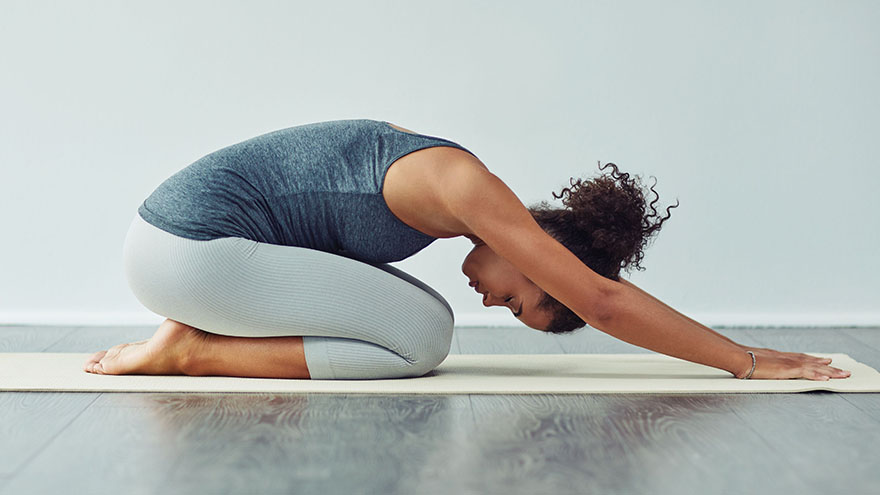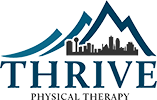Exercises and Stretches for Lower Back Pain

Back pain is incredibly common, with approximately 80% of adults experiencing it at some point in their lives, according to the National Institute of Neurological Disorders. For many, this pain can become chronic, lasting longer than 12 weeks and significantly affecting quality of life. While there are various therapies available to alleviate discomfort, incorporating specific exercises and stretches into your daily routine can make a lasting difference.
Effective Exercises for Lower Back Pain Relief
- Crunches: Crunches strengthen your abdominal muscles, which are essential for supporting the lower back. To perform a crunch, lie on your back with your knees bent and feet flat on the floor. Place your hands behind your head and gently lift your shoulders off the ground. This movement provides a stretch for the lower vertebrae without putting undue strain on them.
- Hamstring Stretches: Tight hamstrings can contribute to lower back tension. To stretch your hamstrings, lie on your back, bend one knee, and extend the other leg upward. Wrap a towel around the ball of your raised foot and hold the stretch for 30 seconds. This stretch can help relieve tightness in the hamstrings and reduce strain on your lower back.
- The Cobra: The Cobra pose, commonly practiced in yoga, is an excellent way to stretch and strengthen your back. Lie on your stomach and prop yourself up on your forearms, keeping your elbows directly under your shoulders. Hold this position for a few minutes, allowing your lower back to relax and stretch gently.
Exercises to Avoid
While exercises can help, it’s equally important to avoid movements that may worsen your back pain.
- Toe Touches: Standing toe touches can put excessive strain on the discs and ligaments in your spine, especially if done too forcefully or quickly. This movement can overstretch the lower back muscles and hamstrings, potentially worsening discomfort.
- Leg Lifts: Leg lifts may be beneficial for strengthening the core, but they can place excessive strain on the lower back, especially if performed incorrectly. Instead, focus on crunches to target your core without risking added back pain.
How Physical Therapy Can Help
If back pain persists, physical therapy can be a vital part of your recovery. A physical therapist will assess your specific condition and design a personalized treatment plan to strengthen key muscle groups, improve posture, and address any movement imbalances. This professional support, combined with at-home exercises, can help reduce pain and prevent future injury.
If you’re ready to take the next step toward managing your back pain, schedule an appointment with us today. Our physical therapists are here to help you find the relief you deserve. Click here to schedule an appointment.
OUR SERVICES
MAKE AN APPOINTMENT
To experience the Thrive difference, please contact us today and schedule your appointment. You do not need a doctor’s referral to start Physical Therapy!



